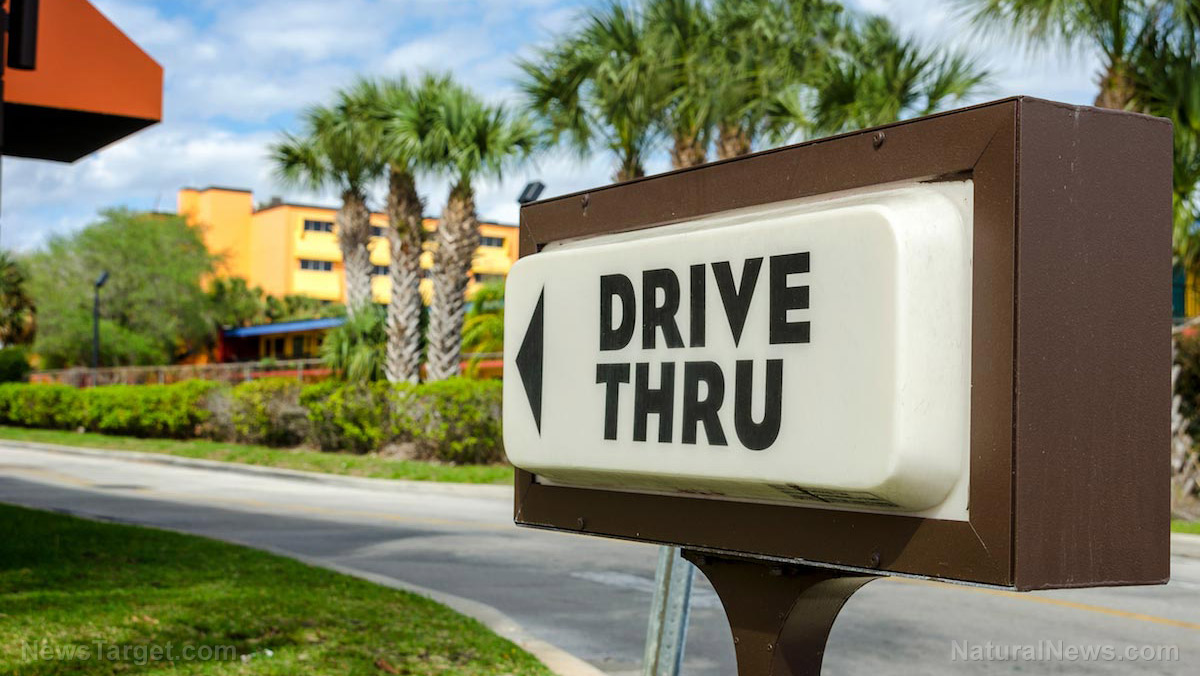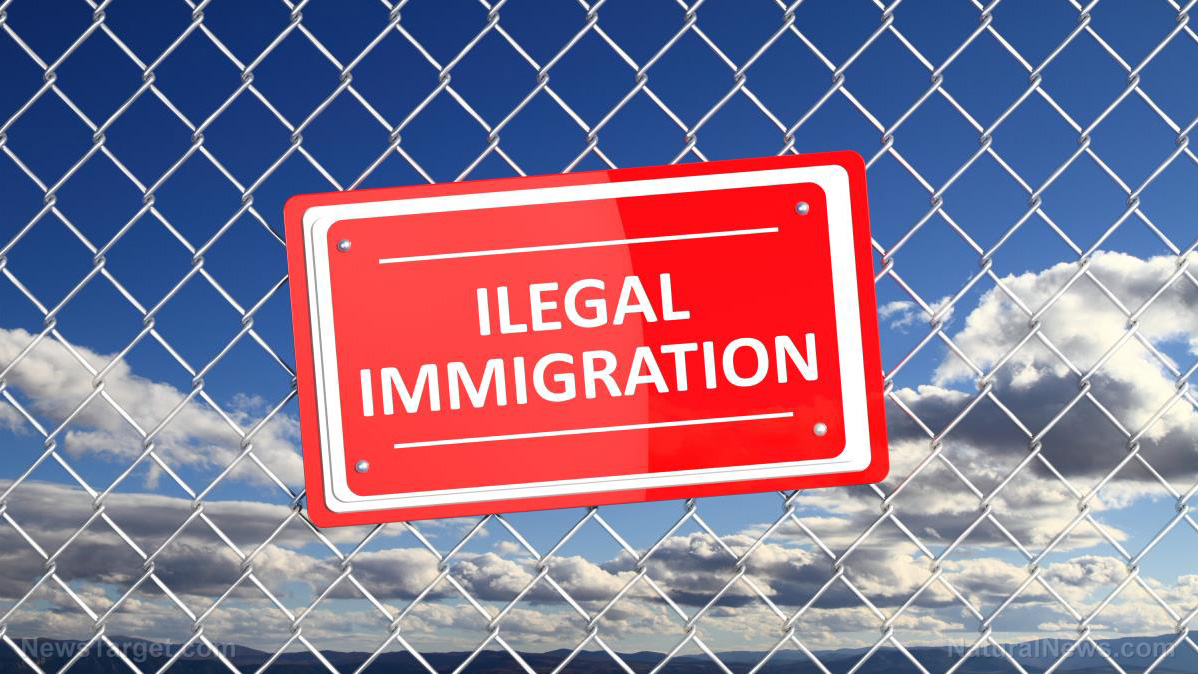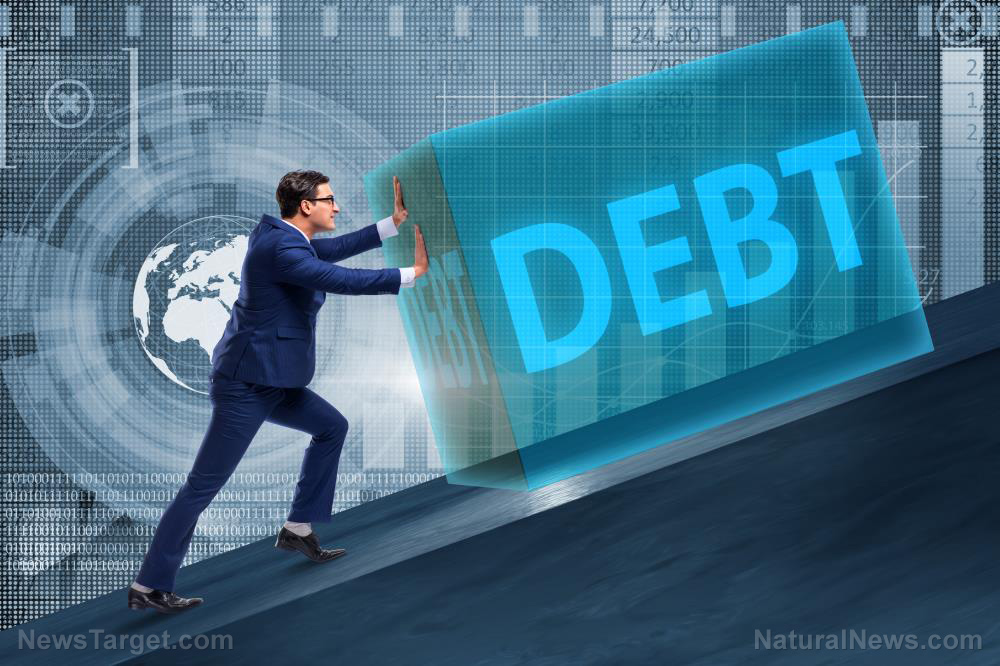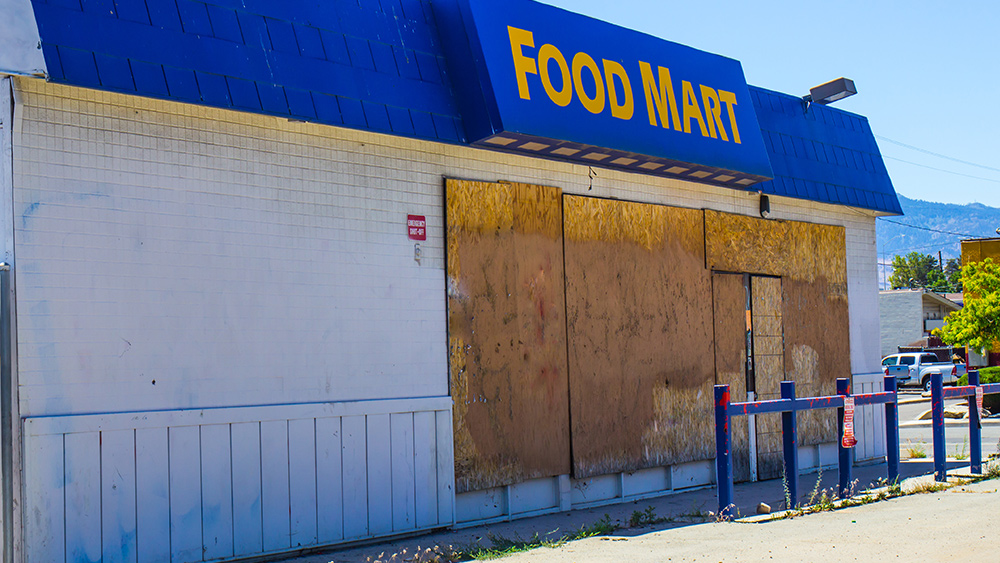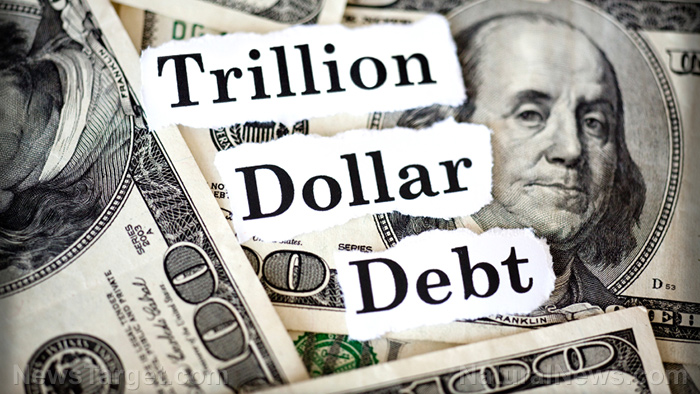The reality of economic collapse, and why skeptics deny it
06/14/2024 / By News Editors
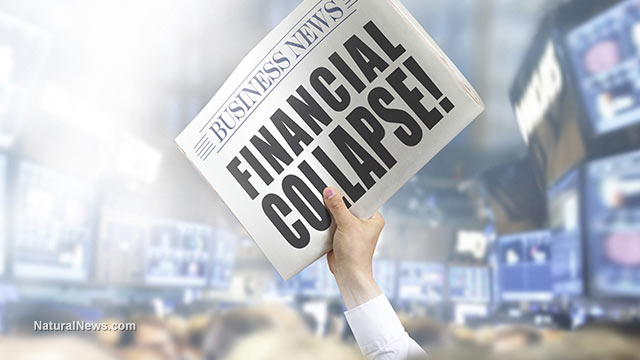
In light of the recent resurgence of inflation on top of dwindling employments stats, declining manufacturing and stagnant wages I think it’s important to revisit a fundamental question: What does an economic collapse look like?
(Article by Brandon Smith republished from BirchGold.com)
As I have said for years, an economic collapse is NOT an event, it’s a process. When people think of a historic crisis they imagine something like the stock market crash of 1929 at the beginning of the Great Depression. However, there were numerous indicators and warning signs leading up to that crash that should have tipped people off. There were even a handful of economists that voiced concerns about impending chaos, yet, they were ignored.
Then, after the crash occurred, numerous establishment economists denied that the system was in any real danger. They continually claimed that recovery was “right around the corner”, but the recovery never materialized. Instead, the crash spiraled onward for over a decade until world war erupted, largely because the Federal Reserve raised interest rates into economic weakness (a policy they are instituting right now).
The point is, the mainstream “experts” are almost always wrong.
The skeptics of collapse either ignore the evidence or they don’t comprehend the implications of events. They don’t want to believe that the economy is broken and that consequences are possible. They operate from the limited view of their own personal experience. For most of their lives the system has functioned without catastrophe, so that must mean catastrophe is impossible.
Our present day predicament has not reached Great Depression levels yet. We are currently in a stagflationary phase similar to what happened in the 1970s.
For those that think we have it bad now, the 70s were actually far worse.
Here’s what stagflation looks like
House prices nearly tripled from 1970 to 1980 (the median house price was $17,000 in 1970 compared to almost $50,000 in 1980). Annual inflation on most goods and services was in the double digits and the minimum wage was only $1.45 an hour. Unemployment was high and interest rates were eventually hiked to nearly 20% by 1981.
Gen Z has no clue how bad things can really get, but they’ll find out in due course.
The point is that these breakdowns in financial structures happen slowly, and then all at once. Much like the buildup of an avalanche.
For those that know history the signs are easy to see. For those that don’t, they’ll assume that all is well even when the house is burning down around them.
Another factor that makes people oblivious to the danger is the moving of goalposts; they get used to poor economic conditions and the decline is entrenched as the “new normal.” The instability and uncertainty people refused to accept ten years ago is now simply what many have come to expect. Nothing gets better, the situation only ever gets worse, but since it happens over the course of many years (the process of collapse) the public largely accepts it and will even accuse those of us sounding the alarm of “doom mongering.”
As with any collapse there eventually comes a point of popular intolerance – That moment where people finally realize that the “doom mongers” were right all along and that the weight of the implosion is too much to refute. I believe we’re approaching that moment very quickly. In the meantime. Here are the five stages of denial that people go through before they admit that a fiscal calamity is upon them…
Stage 1: “I don’t know what the conspiracy theorists are talking about, I’m doing just fine.”
There’s an old saying from the Great Depression that goes something like this:
It was only a depression for the people without jobs.
If you weren’t a part of the 30% unemployed in the U.S. at that time, then in your narrow world the Great Depression might not have seemed all that bad. In other words, people will ignore the sinking of the Titanic as long as they still have their own lifeboat.
I will say that this is a major problem in the midst of the stagflation crisis today, and it’s the root of what many Zennials are complaining about. In their minds, this is the worst economy in history of the world and they blame “boomers” for their pain. It’s really not (at least not yet), but it’s true that many “boomers” are going into the crisis with the advantage of time. They have had the time to build a lifeboat while Zennials have not.
It’s not about what’s fair, there’s no such thing as “fair” in economics. But older Americans need to realize that even if stagflation is not a crisis for them personally, it is indeed a crisis for younger people in particular. Any person still denying the reality of the collapse because “they’re doing fine” needs to shut up and take stock of the bigger picture.
Stage 2: “They’ve been warning of a collapse for years now, and we’re still here.”
A lot of people out there have childish notions of what a collapse is, mostly derived from Hollywood films and television. They imagine economic mayhem, endless soup lines, mass starvation and even Mad Max-style destruction. When these kinds of things do happen it’s always at the end of the collapse process, not in the beginning. The former nation of Yugoslavia suffered through multiple economic crises including hyperinflation before finally exploding into civil war.
It didn’t happen overnight, but all the signs were there.
When analysts predict these events years ahead of time, they are doing you a favor; they are giving you ample time to prepare. Unlike the banking elites and their proxies who only warn the public right before or right after the crisis hits a peak.
Believe it or not I still see deniers arguing that all is well today, even after massive stagflation, attempted nationwide medical tyranny, multiple regional wars around the globe that could trigger World War III, constant civil unrest, etc.
What does it take to wake these people up to reality?
Stage 3: “Maybe things are bad now, but it’s transitory. The good old days will be back soon.”
This is the stage in which deniers finally accept that there is indeed some instability, but they cope with the issue by claiming the storm will quickly pass and there’s nothing to worry about. The thing is, they spent so much time trying to debunk the economists that were warning them they now fear being proven wrong more than they fear the crisis ahead. It’s a kind of mental sickness common to our culture – the absolute refusal of a large percentage of Americans to admit being wrong and moving on.
It’s okay to be wrong sometimes.
It’s not okay to be in denial about it.
The claim that a collapse process is “transitory” is a way for skeptics overwhelmed by facts and evidence to continue dismissing reality. If the economic decline doesn’t last very long then they never have to concede defeat to the “conspiracy theorists.”
It’s also a pleasant illusion that keeps the masses sedated.
For a while…
Stage 4: “This is a real black swan! No one could’ve possibly seen this crisis coming.”
I saw this argument thousands of times during the pandemic lockdowns and the initial spike in inflation. There were so many people raging about the circumstances and a lot of them were the types of people that used to deny that anything out of the ordinary was going on. They started looking for scapegoats and they came up with the idea that there was no early warning.
If only someone had given them some kind of hint of what was about to happen, they would have prepared better, right?
The media and government officials tend to play into this stage of denial aggressively. In other words, this is the moment they assert that “No one saw this coming.” The event struck like lightning out of the blue. No one could have foreseen this outcome and there’s nothing anyone could have done about it.
Whenever I hear these arguments I’m reminded of the movie trend in the early 2000s of global disaster flicks. There’s always those scenes where the asteroid or the ocean wave or the tornado hits and we see thousands of people scurrying like ants, only to be crushed by a godlike force that they had no power to defend against. I never liked those movies, but I recognize that they play into a hidden element of fatalism in the human mind.
There is a strange mechanism in some people’s thinking that wants to believe they have no power to change their circumstances. They feel better assuming that the tides of fate are beyond their control and that there’s nothing they could have done differently. In reality, all they had to do was listen and think critically, and they could have prepared accordingly.
Their pain is the result of their own willful blindness.
Stage 5: “Even the blind saw this coming from MILES away.”
Ah yes, the final stage of denial. This one is my favorite. It is the inevitable moment when skeptics fully concede that the economic collapse is a fact of life, and then they claim they “saw it coming all along.” The inability for these people to admit they were wrong debases their ability to make informed decisions about the future.
They know a crisis is upon them and they’ll now pretend as if they knew it was going to happen. Therefore, all the analysts that tried to warn them are not special or smarter or better informed than they are. They were making the same predictions.
Of course, you’ll never see any evidence of these skeptics (and many mainstream economists) actually predicting anything. One wonders why it’s so important for them to avoid giving credit where credit is due and learning from their mistakes, but when a person’s identity is so wrapped up in being the “expert” the idea of completely fumbling the ball on the biggest economic disaster of their lifetime is too much to bear.
There are a few exceptions to this rule.
A few people who see the writing on the wall, and read it out loud so the world can hear.
For instance, why is Ray Dalio asking:
Do You Have Enough Non-Debt Money?
History and logic show that when there are big risks that the debts will either 1) not be paid back or 2) be paid back with money of depreciated value, the debt and the money become unattractive. Since debts are promises to pay money, when a government has too much debt to be paid, its central bank is likely to print money. This prevents a big debt squeeze from happening by devaluing the money (i.e., inflation).Gold, on the other hand, is a non-debt-backed form of money. It’s like cash, except unlike cash, which is devalued by risks of default or inflation, gold is supported by risks of debt defaults and inflation. It is held by central banks and other investors for this reason.
Is it smart to own “non-debt money”?
Yes.
Is it wise to rely on someone else’s promise to pay for our own financial security?
You be the judge.
Let me remind you, though, that debt is nothing but a promise. It’s easy to make promises in economic boom times – how many times have you heard someone say, “We’re all going to be rich!”
That’s a kind of promise.
How many times did they deliver?
Here’s my point: Promises are easy to make in good times, and easy to break in bad times.
That’s why diversifying with “non-debt money,” in other words physical precious metals, is crucial right now – before the mainstream talking heads tell you to.
If you wait for them to cry “Wolf,” you’ll be waiting a long time. They’ll already have their own non-debt money locked away in a vault.
Will you?
Read more at: BirchGold.com
Submit a correction >>
Tagged Under:
big government, brainwashed, Bubble, Collapse, conspiracy, current events, debt bomb, debt collapse, deception, deep state, economic collapse, economic riot, economy, Federal Reserve, finance riot, Great Depression, Inflation, mainstream media, market crash, money supply, news cartels, pensions, propaganda, risk, skeptics, stagflation, Xpost
This article may contain statements that reflect the opinion of the author
RECENT NEWS & ARTICLES
COPYRIGHT © 2017 MARKET CRASH NEWS

